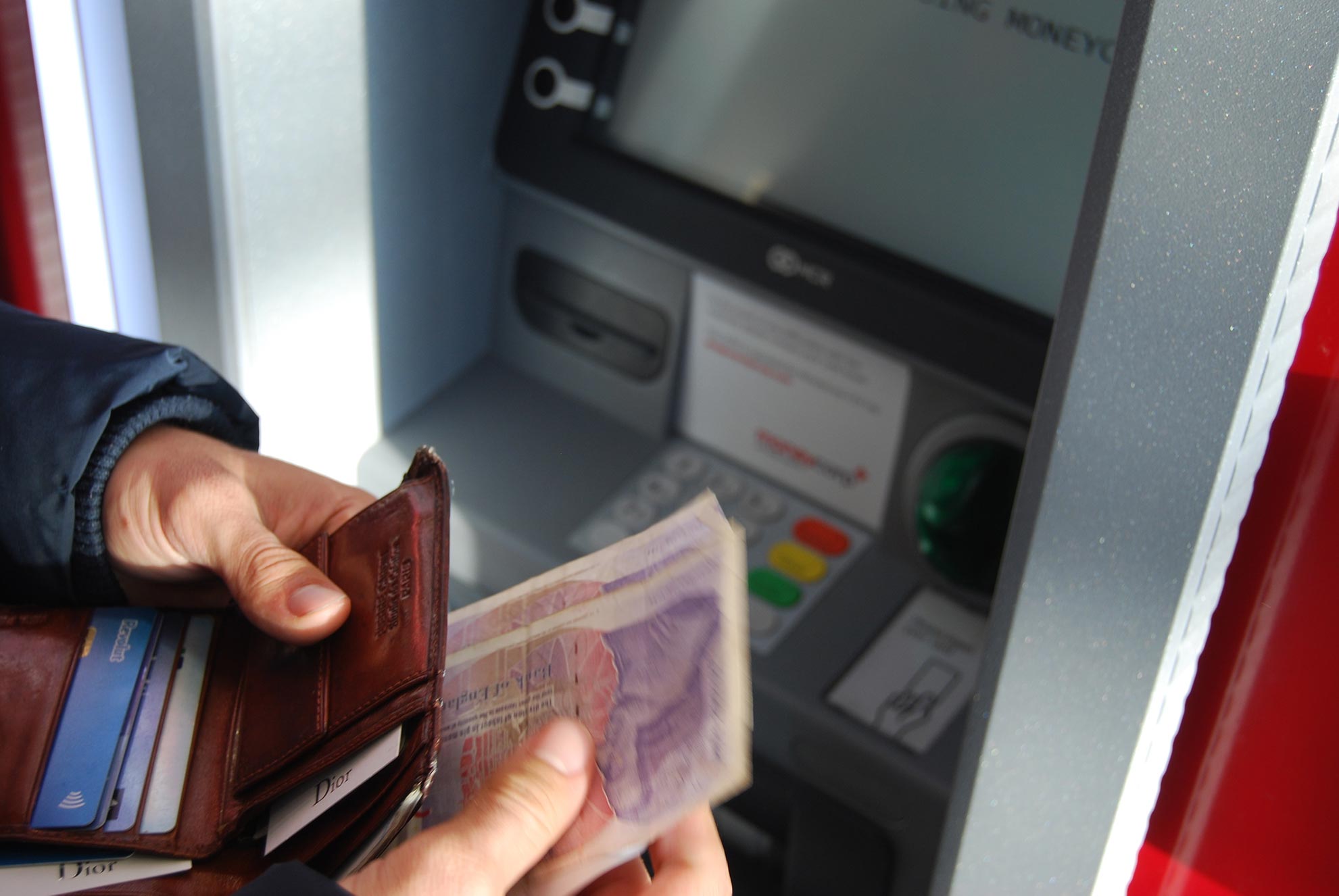Everything you need to know about the newest buzzword everyone in the banking industry is talking about.

Banks by nature, are extremely protective of the information they hold within their ageing filing cabinets, for obvious reasons. Money is a touchy subject, and people prefer to keep details about their finances private. However, with the rise of the data economy, everyone from banks to central banks are realising that given how practically every bank has the exact same business model, there is a huge duplication of data which unwittingly takes place. If banks simply commenced sharing such data with each other, wouldn’t that make banking services much less cumbersome? With easier banking, wouldn’t life be much better?
What Is Open Banking?
In layman’s terms, open banking is all about enabling the sharing of information securely, in a standardised format, so that it makes it easier for companies to deliver services more efficiently. Under current banking practices, customers or merchants maintain separate relationships with different financial institutions in order to achieve their financial goals. This is often done by employing the practice of screen scraping, where a third party company creates a mirrored login page, which looks and feels similar to a bank’s or credit card issuer’s online login page. The customer enters their login details, passwords and additional security details such as their pet’s name, which the third party can use to log in as the customer. Once logged into the account as the customer, screen scraping tools copy available data to an external database and can be used outside of the financial institution. This is obviously dangerous, and renders the system extremely vulnerable to man-in-the-middle attacks. Instead, Open banking introduces a more consolidated experience to the customer by allowing banks to expose their functionality via APIs, but subject to the customer’s explicit consent and in compliance with strict information security requirements imposed by the Financial Conduct Authority of the UK.
The concept of Open Banking has its roots in the United Kingdom. In 2016, the Competition and Markets Authority ordered the nine biggest UK banks to allow licensed startups direct access to their data, right down to the level of current account transactions. Again, account holders must approve any exchange.
When talking about Open Banking, you will often hear ‘PSD2’ being referred to. PSD2 is the European version of Open Banking, and refers to the second Payments Services Directive which modernises European payment regulations, thereby enabling consumers and small businesses to have greater control over their data. There is just one small difference between Open Banking and PSD2. Whilst PSD2 requires banks to open up their data to third parties, Open Banking dictates that they do so in a standard format.

How Will Open Banking benefit customers?
The various ways in which open banking will be used to create new services is anyone’s guess, but there are three distinct areas in which Open Banking is starting to make waves.
Money management
At the moment, customers who maintain accounts with two different banks, have no choice but to look at them separately, because the banks’ systems are resolutely incompatible. Open Banking will allow customers to manage their money from within a single app, which should make things much easier.
Banks and startups are already sensing an opportunity in this space. Dutch bank ING has an app called Yolt, while third party app Money Dashboard provides a similar service in the UK.

Lending
When a customer takes out a loan, they are sometimes required to provide details of their finances to ensure that they are ‘credit-worthy’. Open Banking will allow customers to provide such information online – for instance, by giving an investor one-off access to 12 months income and spending history.
There are services which already do this, but in order to use them, it becomes necessary to hand over your login details – which is not as secure or seamless. It will also be more accurate, which should help people with what are known as “thin files”. (For instance, if the customer hasn’t worked or been in the country long.)
Payments
The current banking payment infrastructure used around the globe is very much a multi-layered one. For instance, when a purchase is made on Amazon, the retailer contacts an “acquirer”’, such as WorldPay or Global Payments, which gets in touch with Visa or MasterCard to deduct the payment from the customer’s account. Cue much fumbling around with cards and passwords.
By opening up banks’ data, Open Banking makes it possible to pay directly from a bank account – which should be both quicker and (since the various middlemen each charge for their service) cheaper. The bank authenticates the purchase without involving other organisations.

Is it safe?
From a technical point of view, Open Banking is at least as safe as online banking. APIs – the technology used to move the data – are trusted and the law requires account providers to use strong customer authentication, a procedure which allows the payment service provider to verify the identity of both the user and the service.
The key thing to remember is that anyone using an Open Banking service will not need to share their banking login or password with anyone but the bank. This is actually an improvement on existing services, which sometimes require this as a workaround for existing incompatibility.
All in all, Open Banking has the potential to upend the way we bank, disrupting the sector in the same way as media or retail. It could, for instance, enable digital-only banks that manage money automatically via intelligent software. Banking-as-a-Service (BaaS) too, will go mainstream, bringing to life a whole ecosystem of services running on top of an Open Banking layer. Personal finance, now an arcane subject, will become transparent and easy for everyone. Whether this is a dystopian or utopian future depends on one’s perspective – either way, it just appears to be more likely now.
